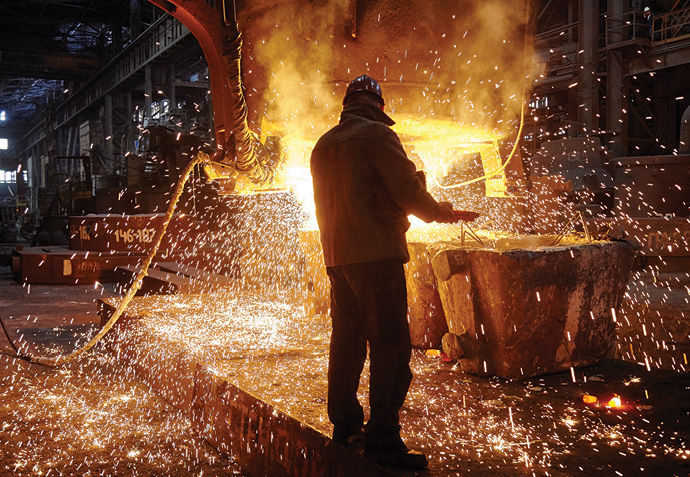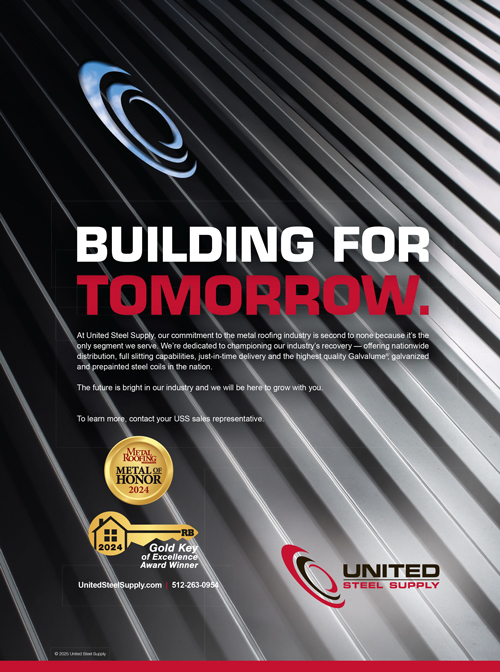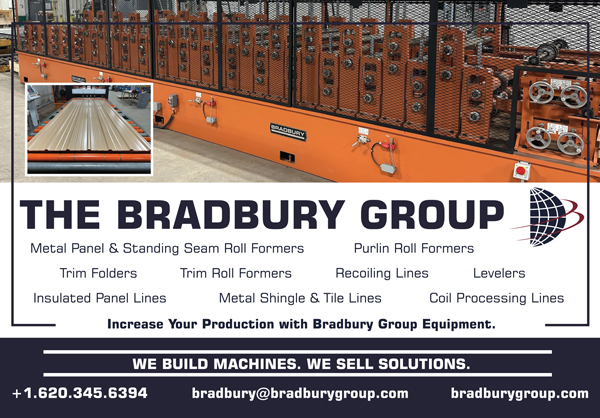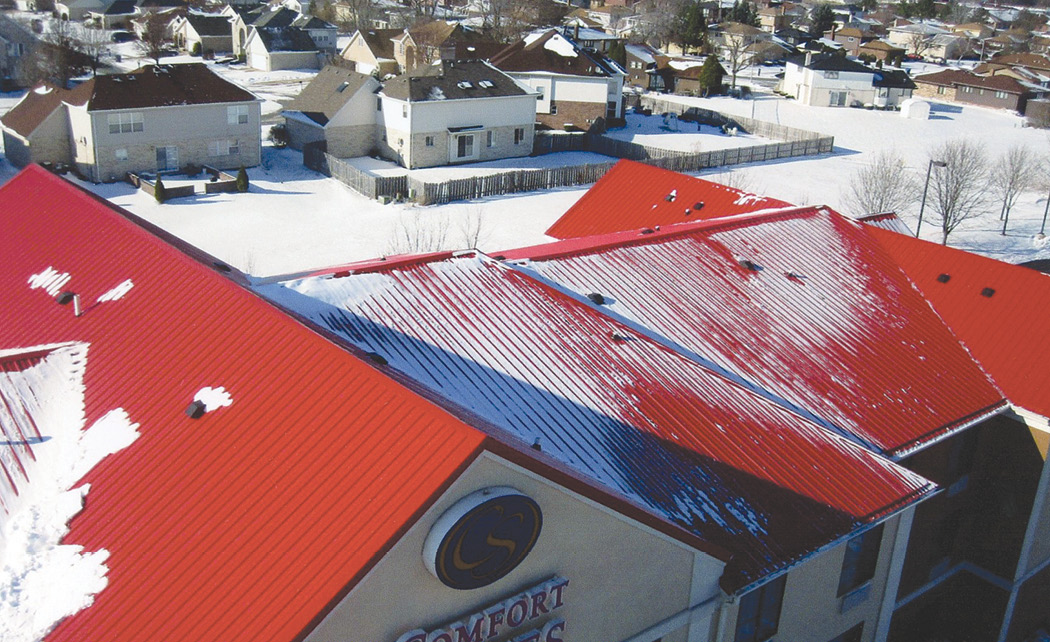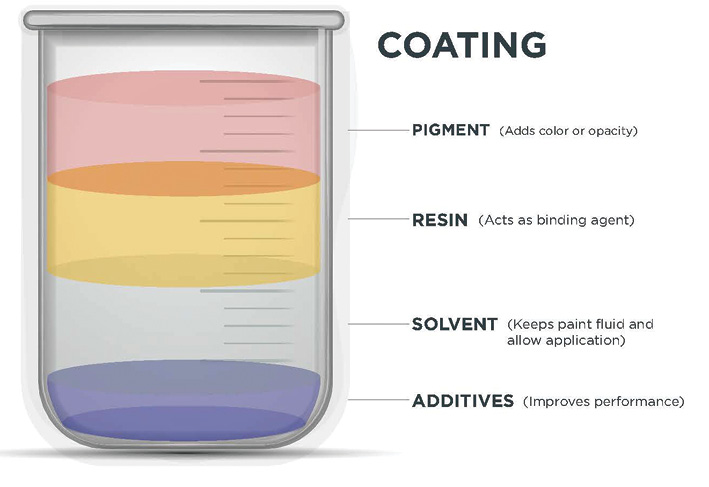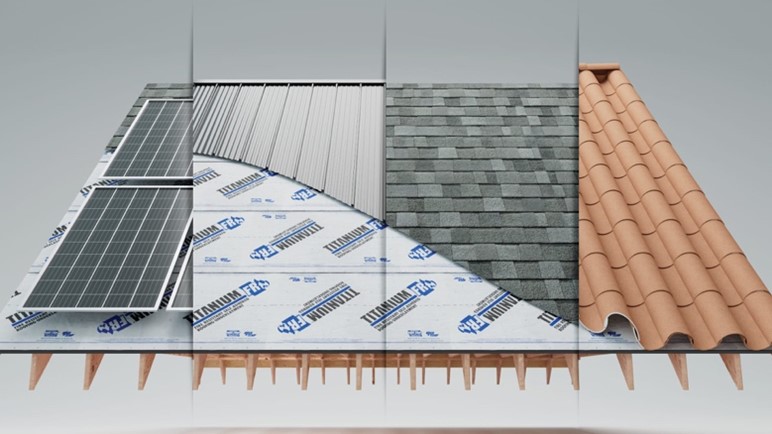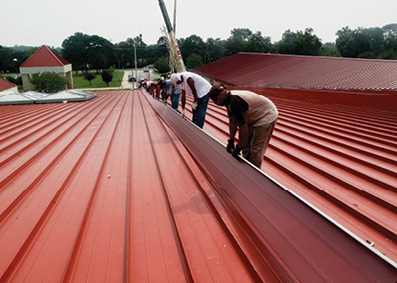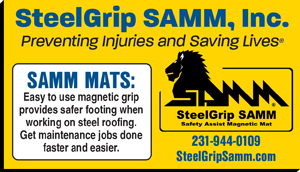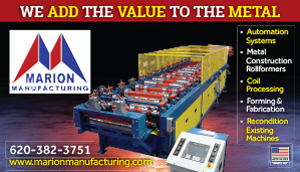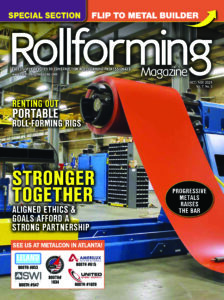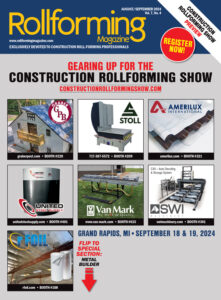If you are old enough, you remember the U.S. industrial decline. A region in the Northeast and Midwest left in ashes was nicknamed the Rust Belt because of the shuttering of huge hulking industrial complexes. The decline became rapidly apparent in the 1970s and ’80s, and among the victims were some of the world’s largest steel mill facilities.
Today, the U.S. steel industry is making a comeback, but it is not coming back as it once was; rather, it is coming back using old steel and new technology.
Mini Mills vs. Integrated Mills
There are two forms of steel-making operations today: integrated mills and mini mills.
Integrated mills are the old legacy mills that use raw materials like coke and iron ore melted down in huge blast furnaces. They are worker-intensive to operate, consume large amounts of water and natural gas, and require extensive periodic maintenance.
Mini mills, on the other hand, feed on scrap metal fired by electric arc furnaces (EAF). Because these mills are newer, they are built with a lot of automation and computerized controls, requiring about 20% of the number of mill personnel as integrated mills. They are also more earth-friendly. According to MarketInsider.com, EAFs are about 75% more emissions-efficient than traditional blast furnace steel mills.
The COVID factor
Mini mills have been around for about 40 years for flat-rolled steel, but COVID in some ways helped to accentuate their importance and demonstrated that they are now in control of the steel market and not the integrated mills. “The integrateds were the ones that really partially shutdown [during the early days of the pandemic],” noted Steve Swaney, Flack Global Metals. “It was the mini mills that didn’t, and now they’re kind of in the driver’s seat; they’re really controlling the market.”
It isn’t a new story, however. As Swaney said, “China controls a great extent of the world’s steel capacity and many of their mills are mini mills. Anything new being built [in the world] today is a mini-mill type facility.”
Although many old legacy steel mills have gone out of business, many surviving players remain strong. Steel Dynamics has converted its operations to use more scrap and invested $1.9 billion in transforming a former sorghum field in Texas to a new mini mill facility. The new mill is scheduled to open this year.
Additionally, U.S. Steel just finalized its $774 million purchase of Big River Steel, a 3-year-old mini mill in Arkansas, while also converting one of its energy and pipe mills to an EAF facility.
Bob Kula, Mill Steel, said that while mini mills have cost advantages over integrated mills because of their new-wave technology, integrated mills will continue to play a role. It will be difficult to get rid of all of the integrated mills as no one is certain if there will be enough scrap in the future to feed only EAFs.
The need for scrap for the electric arc furnace mini mills may in fact help keep the integrated mills in business, especially in some of the Third World countries where labor costs are very low.
According to Wayne Duggan with Benzinga Insights, only 28% of global steel production currently comes from EAFs, but the International Energy Agency wants to boost that percentage to 40% by 2030. Meanwhile, the U.S. steel industry is on track to produce more than 80% of its total steel output from EAFs by 2023. RF
Originally published as “Mini Mills Emerge To Lead Modern Steel Market” Spring 2021 issue of Rollforming Magazine.


